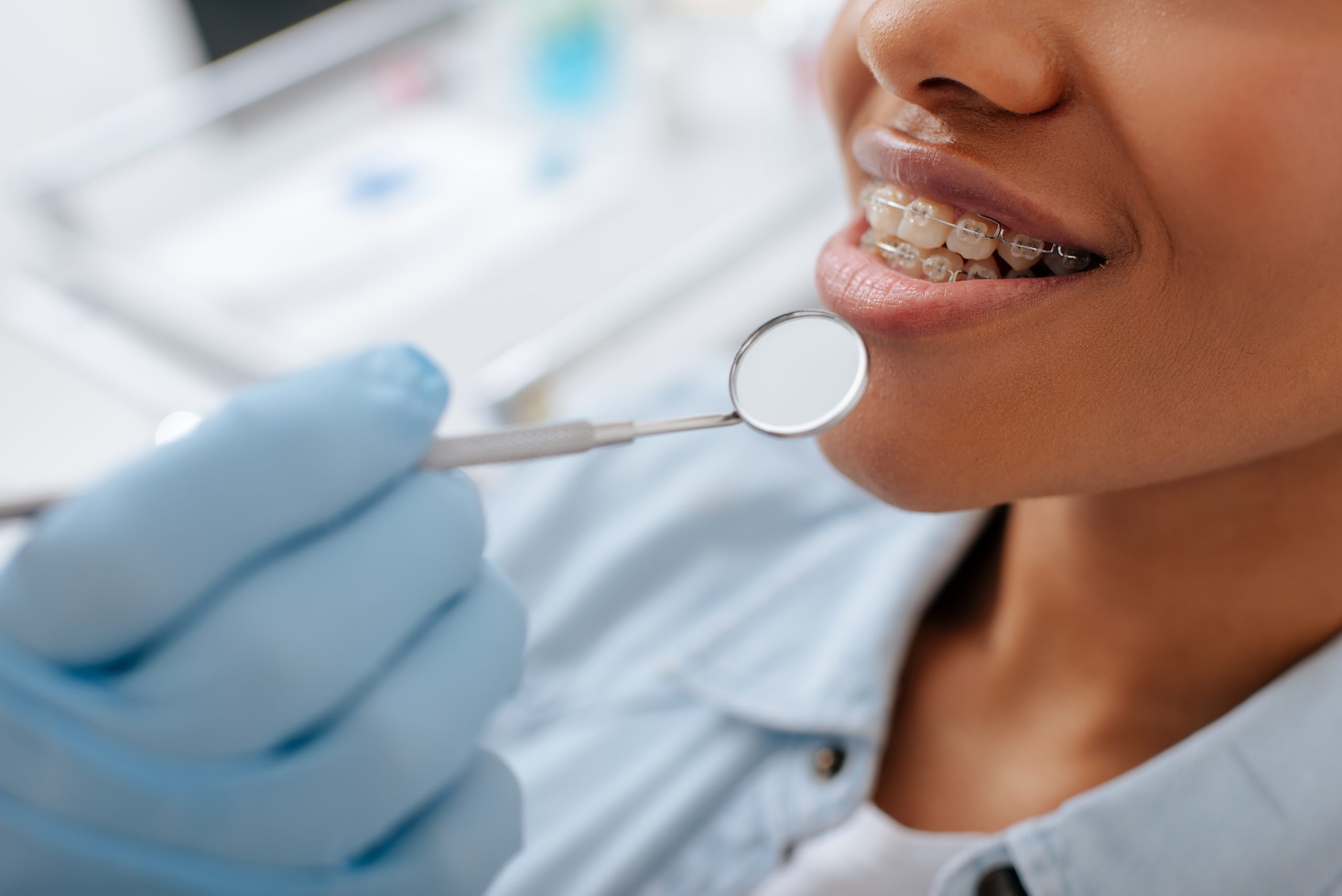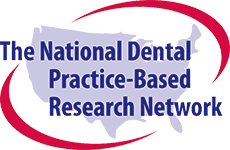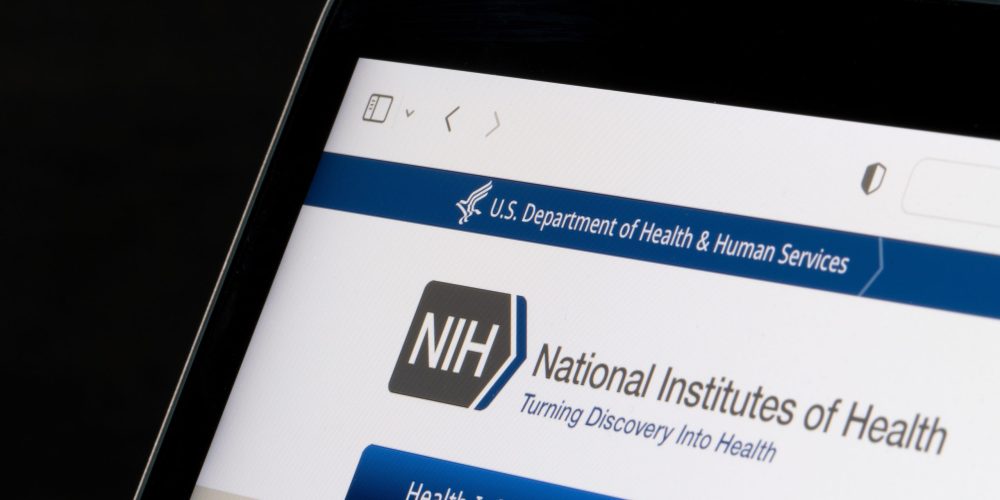Check out the 2024 Publications Highlights from the National Dental PBRN for valuable insights on antibiotic prescribing, restoration longevity, mental health screenings, and more in dentistry.
Bridging the Gap: How Practice-Based Research is Transforming Orthodontics

Authors:
Orthodontic care is primarily delivered in private practice settings, yet much of the evidence guiding treatment comes from academic clinical settings that may not fully reflect everyday practice. Recognizing this gap, our Network is advancing a practice-based research model that brings studies directly into the clinical environment where care is most commonly provided.
In a recent manuscript published in Seminars in Orthodontics, Dr. Veerasathpurush Allareddy and colleagues highlight how embedding research in orthodontic practices across the country is producing findings that are relevant, practical, and reflective of real clinical scenarios. From large-scale prospective studies to Quick Polls, the Network is reshaping how orthodontic knowledge is generated and applied, helping clinicians make better-informed treatment decisions and improving patient outcomes. Orthodontists make up the largest group of specialists in the Network, with 439 members actively contributing to studies that shape clinical decision-making.
Spotlight: The Anterior Open Bite Study
Orthodontic studies face unique hurdles, such as:
- Practice variability: Diverse treatment protocols across clinics
- Data collection: Inconsistent use of records, radiographs, and wearable tech
- Long-term follow-up: Difficulty tracking patients post-treatment
Despite these challenges, the Network has standardized protocols and supported clinicians through training, centralized IRB processes, and study designs flexible enough to work within busy practices.
One of the most impactful orthodontic studies conducted through the Network is the Anterior Open Bite Study, which enrolled 347 patients and 91 practitioners. This prospective cohort study explored treatment preferences, occlusal outcomes, long-term stability, and patient satisfaction. The publications stemming from this study have received high citation metrics, underscoring their influence in the field.
Quick Polls: Fast Insights
Often serving as springboards for future studies and grant proposals, orthodontists have also participated in several “Quick Polls”—brief surveys that gather timely data on emerging topics. Recent polls have explored:
- Management of juvenile idiopathic arthritis of the TMJ
- Dental sleep medicine and obstructive sleep apnea
- Clear aligner treatment approaches
- Orthognathic surgery trends
- Ectodermal dysplasia care
Clinician Engagement: From Idea to Publication
Orthodontists in the Network are more than participants—they’re co-investigators. They help shape research questions, recruit patients, collect data, and co-author publications. The AAO Practice-Based Research Member Interest Group (PBRN-MIG) exemplifies this collaboration, recently launching a multi-center study on root resorption during orthodontic treatment.
Looking Ahead
Our approach aligns with the World Federation of Orthodontists (WFO) guidelines, which emphasize research literacy and lifelong learning. By engaging residents and practitioners early, the Network fosters a culture of evidence-based care that extends beyond academia.
As practice-based research continues to grow worldwide, the Network stands as a model for collaborative, practice-centered science. Whether you’re a seasoned orthodontist or a resident just starting out, the Network offers tools, training, and a community to help you turn clinical curiosity into impactful research.
You can read the full article here.
Reference
Allareddy V, Mungia R, Lee MK, Oubaidin M, Gilbert GH; National Dental Practice-Based Research Network Collaborative Group. Overview of the National Dental Practice-Based Research Network and Its Impact on Orthodontics. Semin Orthod. 2025 Jun 30:10.1053/j.sodo.2025.06.009. doi: 10.1053/j.sodo.2025.06.009. Epub ahead of print. PMID: 40800039; PMCID: PMC12337857.
Interested in Becoming a Member?



